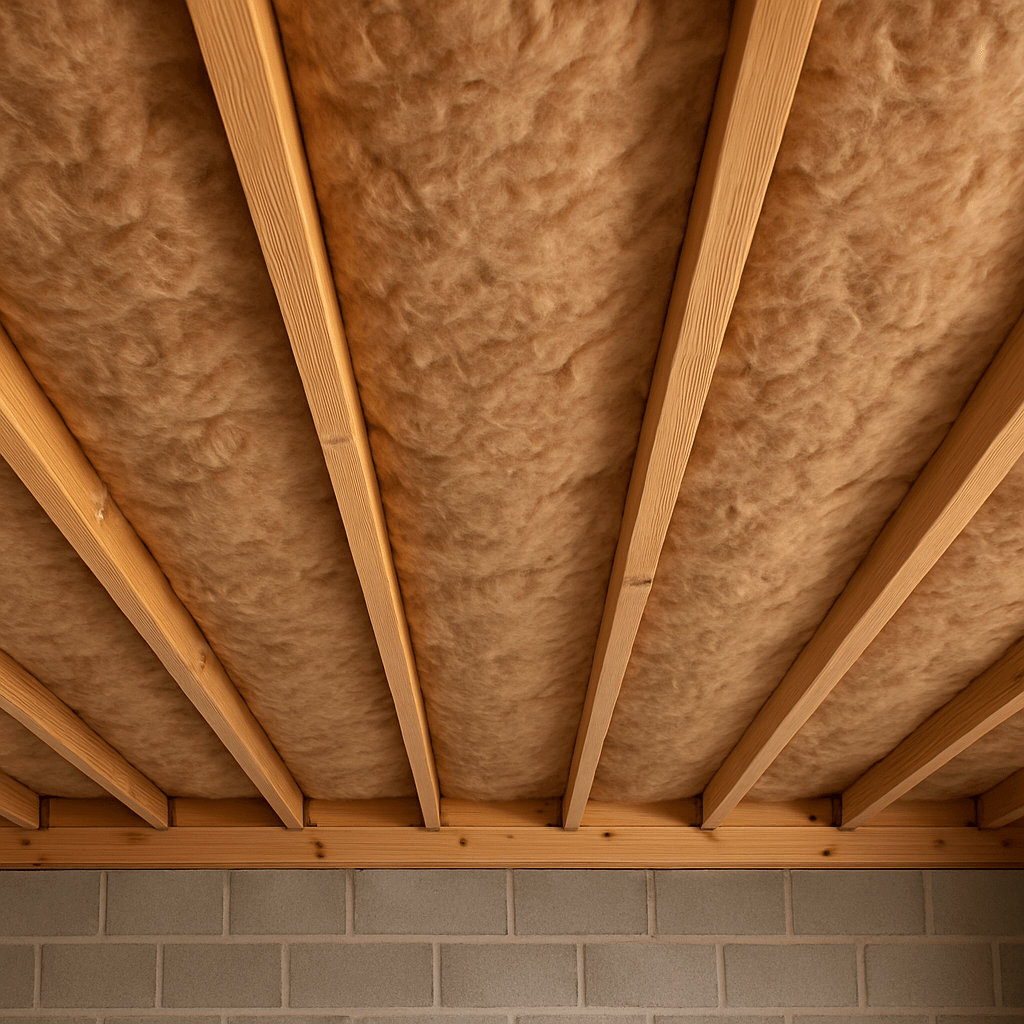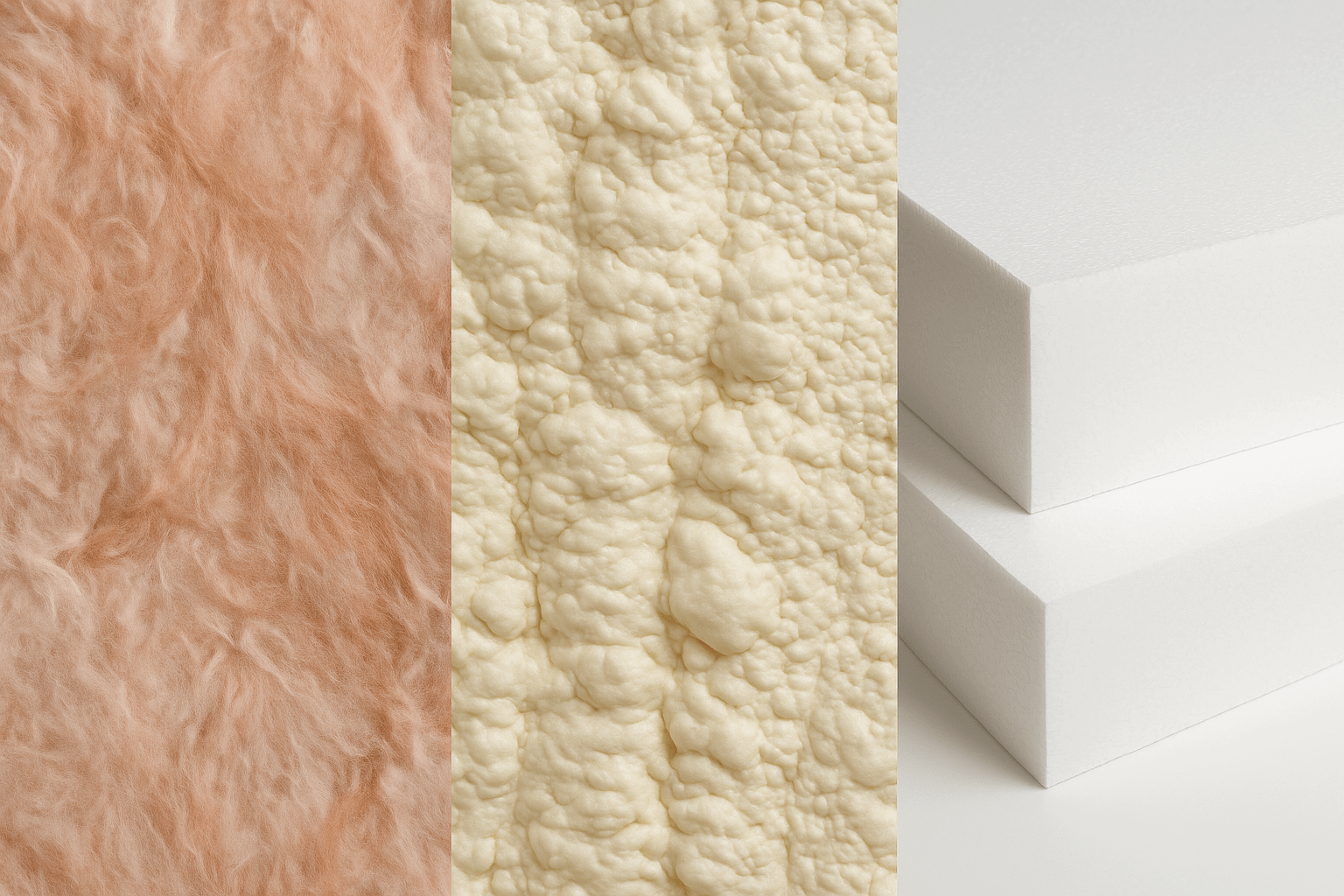Underfloor Insulation for Wooden Floors: Why It Matters and How to Do It Right

When it comes to energy efficiency and home comfort, underfloor insulation for wooden floors is one of the most overlooked upgrades. Whether you’re installing radiant heating, dealing with a drafty crawl space, or simply trying to reduce your energy bills, insulating beneath a wood floor can make a noticeable difference.
This guide explains why underfloor insulation is important, what materials are most effective, how to install them properly, and when it makes sense to use integrated radiant solutions—especially if you’re also considering floor heating.
Why Underfloor Insulation Matters
Wooden floors, especially those suspended over crawl spaces or unheated basements, are vulnerable to heat loss. Unlike concrete slabs, which retain heat, wood-framed floors can quickly lose warmth through gaps, joists, and air movement.
Benefits of Underfloor Insulation
- Reduces heat loss by up to 30%
- Prevents cold drafts from below
- Improves energy efficiency in radiant floor heating
- Enhances comfort, especially in winter
- Protects plumbing from freezing in cold climates
Where Is Underfloor Insulation Needed?
The need for insulation is greatest in the following areas:
- Crawl spaces with exposed joists
- First floors over unconditioned basements
- Additions with elevated wood floors
- Any retrofit where radiant heating is being added above a wood subfloor
Even if you already have batt insulation between your joists, upgrading to a rigid or integrated solution can improve performance dramatically.
Types of Underfloor Insulation for Wooden Floors

There are several types of insulation suitable for use beneath wooden floors. The best choice depends on your goals—basic thermal control, or integration with radiant heat.
1. Fiberglass or Mineral Wool Batts
- Installed between floor joists
- Common in older homes and crawl spaces
- Budget-friendly, but prone to sagging and moisture retention
Best For: Budget-conscious insulation without floor heating
2. Spray Foam Insulation
- Expands to fill gaps and prevent air leakage
- Closed-cell foam adds moisture protection
- High R-value per inch
Best For: Tight crawl spaces or complex framing
3. EPS (Expanded Polystyrene) Panels
- Rigid insulation boards with high compressive strength
- Can be installed beneath subfloor or integrated into radiant panels
- Resistant to moisture and pests
Best For: Retrofit projects or radiant heating installs
4. Integrated Radiant Insulation Panels
These systems combine grooved radiant tubing channels with EPS insulation and surface aluminum for heat distribution. They eliminate the need to install insulation and heating components separately.
Advantages:
- Built-in insulation under the tubing
- Efficient heat transfer from PEX to flooring
- Reduces installation time

RadiantBoard EPS™ and ThermalBoard EPS™ from WBI offer combined insulation and radiant heating in a single panel—ideal for wooden subfloors that need both thermal control and underfloor heating.
How to Install Underfloor Insulation in Wood Framing
Option 1: From Below (Crawl Space or Basement Access)
- Clean and inspect joists for damage
- Cut insulation to fit snugly between joists
- Use hangers or netting to hold batt insulation in place
- For rigid panels, screw them to the underside of joists
- Seal edges with spray foam or caulk to prevent air leaks
Visual Suggestion:
Cross-section of fiberglass batts and EPS panels installed between joists
Option 2: From Above (Floor Replacement or Radiant Install)
- Remove finish flooring
- Add insulation layer or use insulated radiant panels
- Install tubing if using radiant heat
- Apply underlayment or cement board as needed
- Reinstall or replace flooring material
In radiant installations, EPS-based panels like ThermalBoard EPS™ serve as both the heat distribution layer and the underfloor insulation—streamlining the install process.
Common Mistakes to Avoid
- Skipping insulation when installing radiant heat over wood
- Using insulation with poor moisture resistance in damp crawl spaces
- Leaving gaps between panels or batts that allow thermal bridging
- Compressing batt insulation—reduces R-value significantly
- Not sealing air gaps around ducts, pipes, and vents
Underfloor Insulation + Radiant Heating: The Perfect Pair
If you’re already planning to install radiant floor heating over wood, combining insulation and heat panels is the most efficient option.
Benefits:
- Maximizes energy retention
- Improves heating response time
- Prevents downward heat loss into unconditioned spaces
- Reduces mechanical load on boilers or pumps
WBI Panel Options:
- RadiantBoard EPS™ – Plywood with a Lightweight EPS core with aluminum surface for fast heat transfer
- ThermalBoard EPS™ – MDF-aluminum panel with integrated EPS backing for added insulation
These panels are particularly effective in retrofit and non-insulated floors, where traditional fiberglass or foam won’t provide the same performance under heated tubing.
What Flooring Works Best Above Insulated Wood Subfloors?
Most radiant-compatible floors also perform well with insulated substrates:
- Tile and stone – Ideal for heat transfer
- Luxury vinyl plank (LVP) – Many are approved for radiant installs
- Engineered wood – Stable under heat and humidity changes
- Solid hardwood – Use radiant-approved species only
- Carpet – Keep carpet and pad R-values low to avoid blocking heat

Summary: Don’t Skip Underfloor Insulation on Wood Framing
Underfloor insulation for wooden floors is one of the most effective ways to cut heating costs, boost comfort, and make your radiant system perform better. Whether you’re insulating a crawl space or installing new radiant panels, choosing the right insulation—and installing it properly—makes all the difference.
If you’re installing radiant heat, integrated EPS-based panels like those from Warm Brothers Inc. simplify the process and deliver better long-term efficiency and thermal comfort.